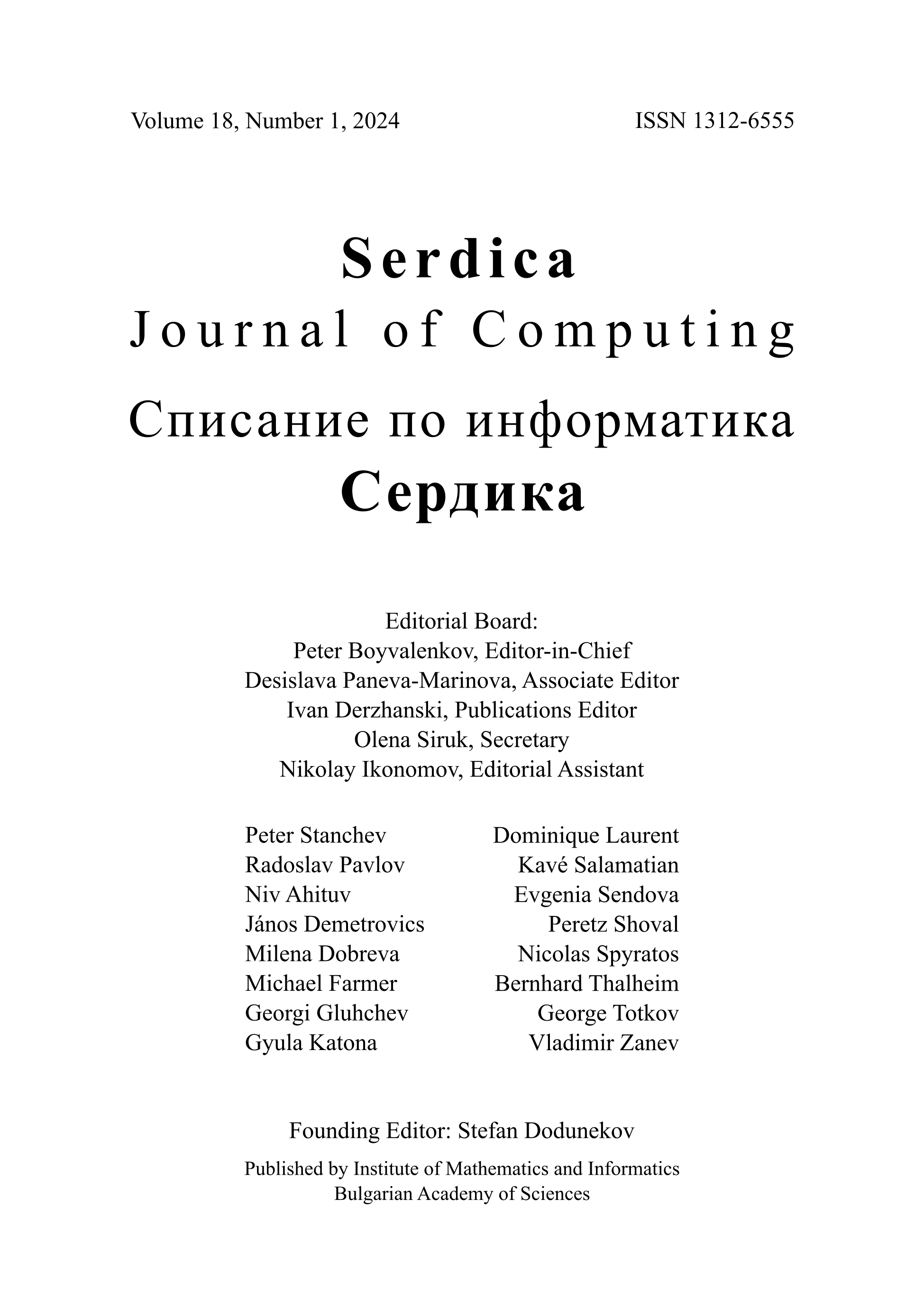An Algorithmic Approach to Inferring Cross-Ontology Links while Mapping Anatomical Ontologies
DOI:
https://doi.org/10.55630/sjc.2012.6.309-332Keywords:
Ontology, Anatomical Ontology, Ontology Mapping, Anatomical Ontology Mapping, Probability, Scoring, External Knowledge Source, Algorithm, Graph, Directed Acyclic GraphAbstract
Automated and semi-automated mapping and the subsequently merging of two (or more) anatomical ontologies can be achieved by (at least) two direct procedures. The first concerns syntactic matching between the terms of the two ontologies; in this paper, we call this direct matching (DM). It relies on identities between the terms of the two input ontologies in order to establish cross-ontology links between them. The second involves consulting one or more external knowledge sources and utilizing the information available in them, thus providing additional information as to how terms (concepts) from the two input ontologies are related/linked to each other. Each of the two ontologies is aligned to an external knowledge source and links representing synonymy, is-a parent-child, and part-of parent-child relations, are drawn between the ontology and the knowledge source. These links are then run through a set of simple logical rules in order to come up with cross-ontology links between the two input ontologies. This method is known as semantic matching. It proves useful and reasonably accurate; in this paper, we call it the source matching predictions (SMP) procedure.Not all cross-ontology links that semantically (i.e., from a biological/anatomical standpoint) exist between the two input ontologies will be discovered by either DM or SMP. To improve the discovery of cross-ontology links we propose a novel algorithmic procedure which involves a probability-like scoring scheme. This procedure is called the child matching predictions (CMP) procedure. Describing the DM, SMP, CMP procedures, and particularly the CMP procedure in formal terms is the main goal of this paper.

